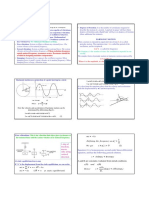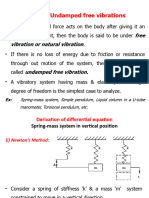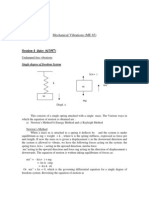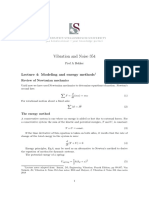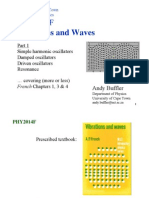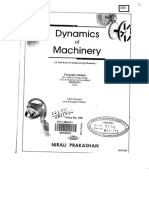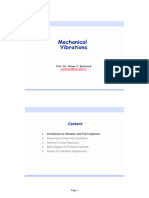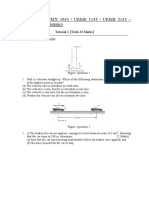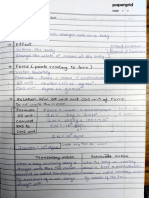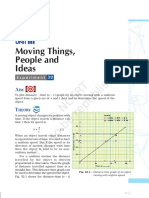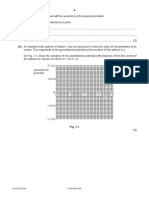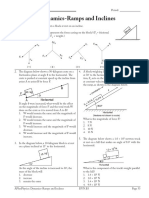0% found this document useful (0 votes)
12 views18 pagesLecture03 EnergyMethods
This document is a lecture on the vibration of mechanical systems, focusing on energy methods, potential and kinetic energy, and conservation of energy. It discusses modeling techniques for determining equations of motion and calculating natural frequencies, particularly in complex systems. Examples are provided to illustrate the application of these concepts in mechanical engineering.
Uploaded by
useranon1203Copyright
© © All Rights Reserved
We take content rights seriously. If you suspect this is your content, claim it here.
Available Formats
Download as PDF, TXT or read online on Scribd
0% found this document useful (0 votes)
12 views18 pagesLecture03 EnergyMethods
This document is a lecture on the vibration of mechanical systems, focusing on energy methods, potential and kinetic energy, and conservation of energy. It discusses modeling techniques for determining equations of motion and calculating natural frequencies, particularly in complex systems. Examples are provided to illustrate the application of these concepts in mechanical engineering.
Uploaded by
useranon1203Copyright
© © All Rights Reserved
We take content rights seriously. If you suspect this is your content, claim it here.
Available Formats
Download as PDF, TXT or read online on Scribd
/ 18




